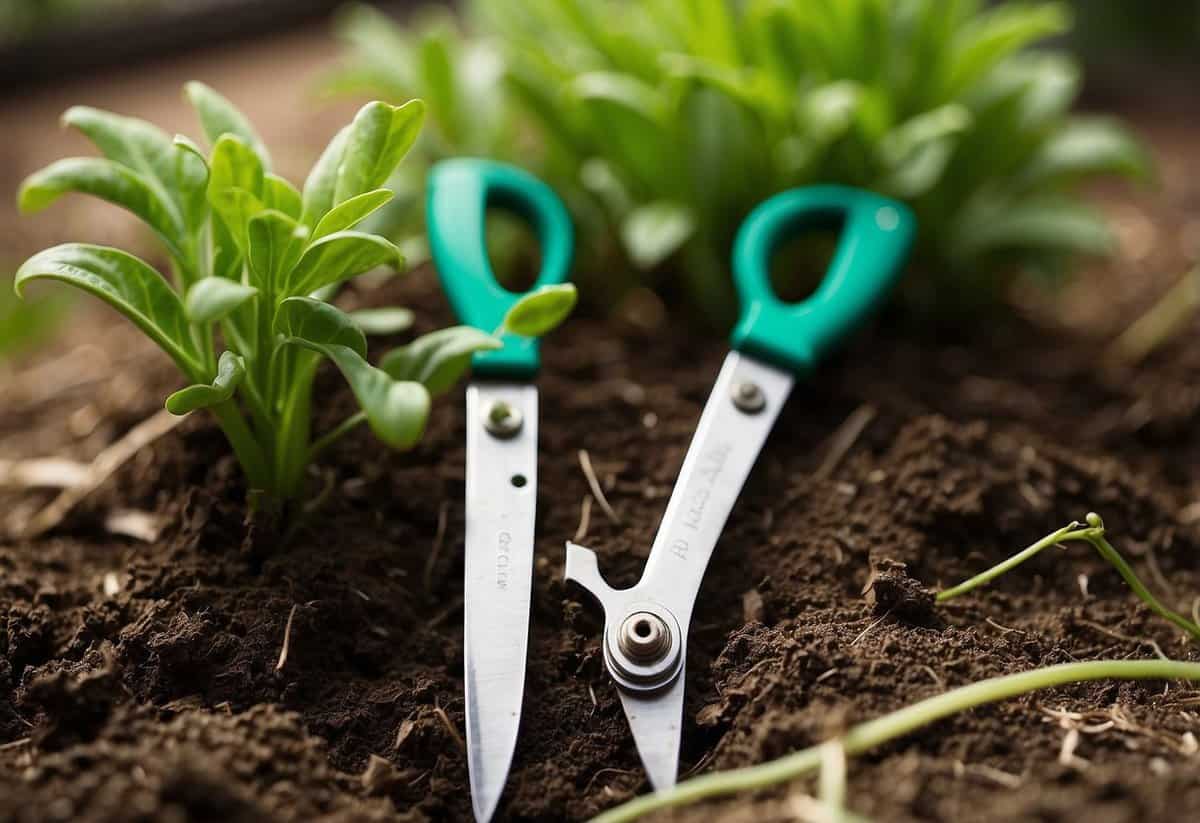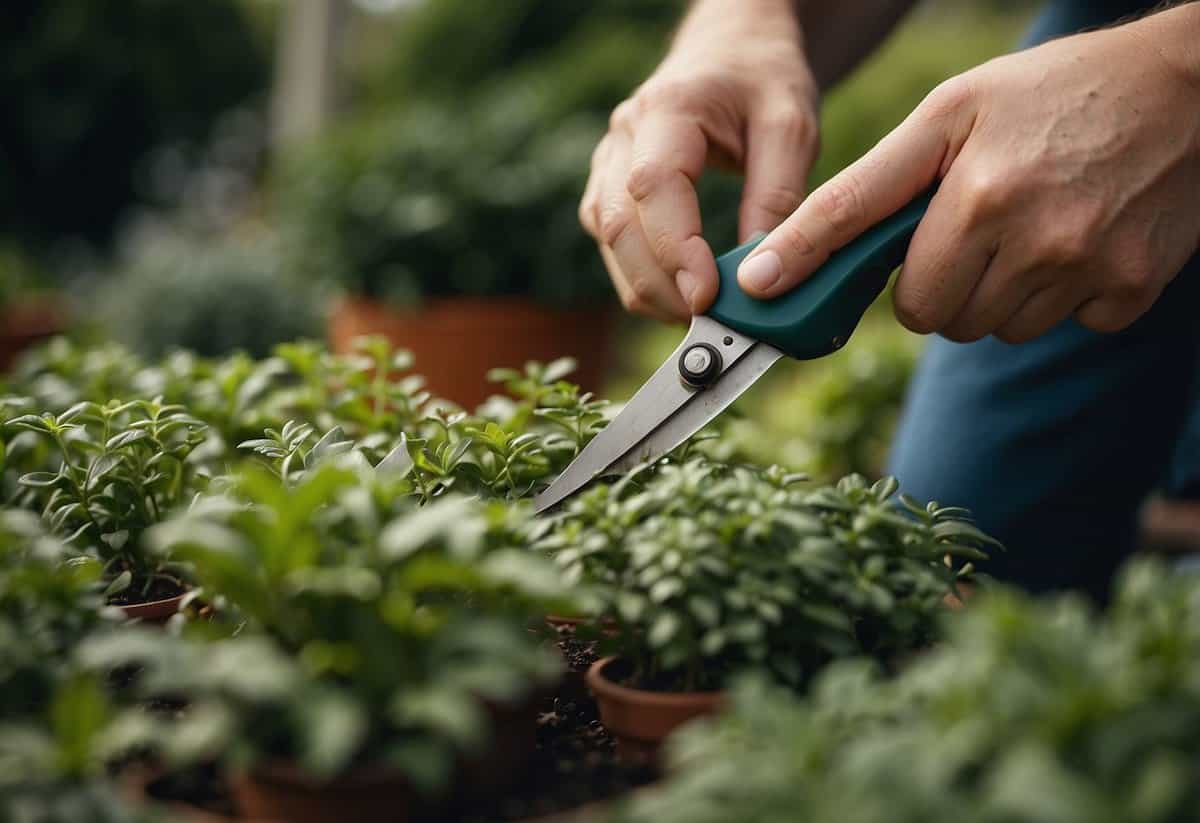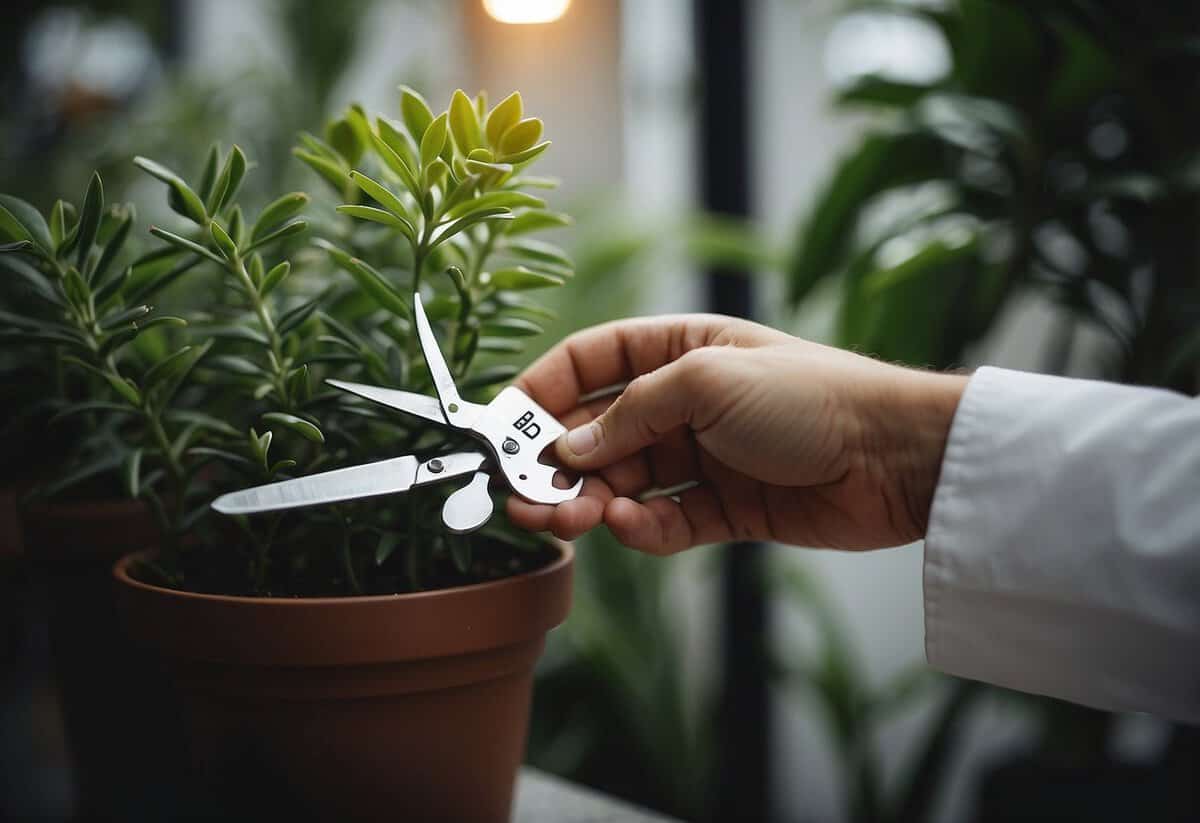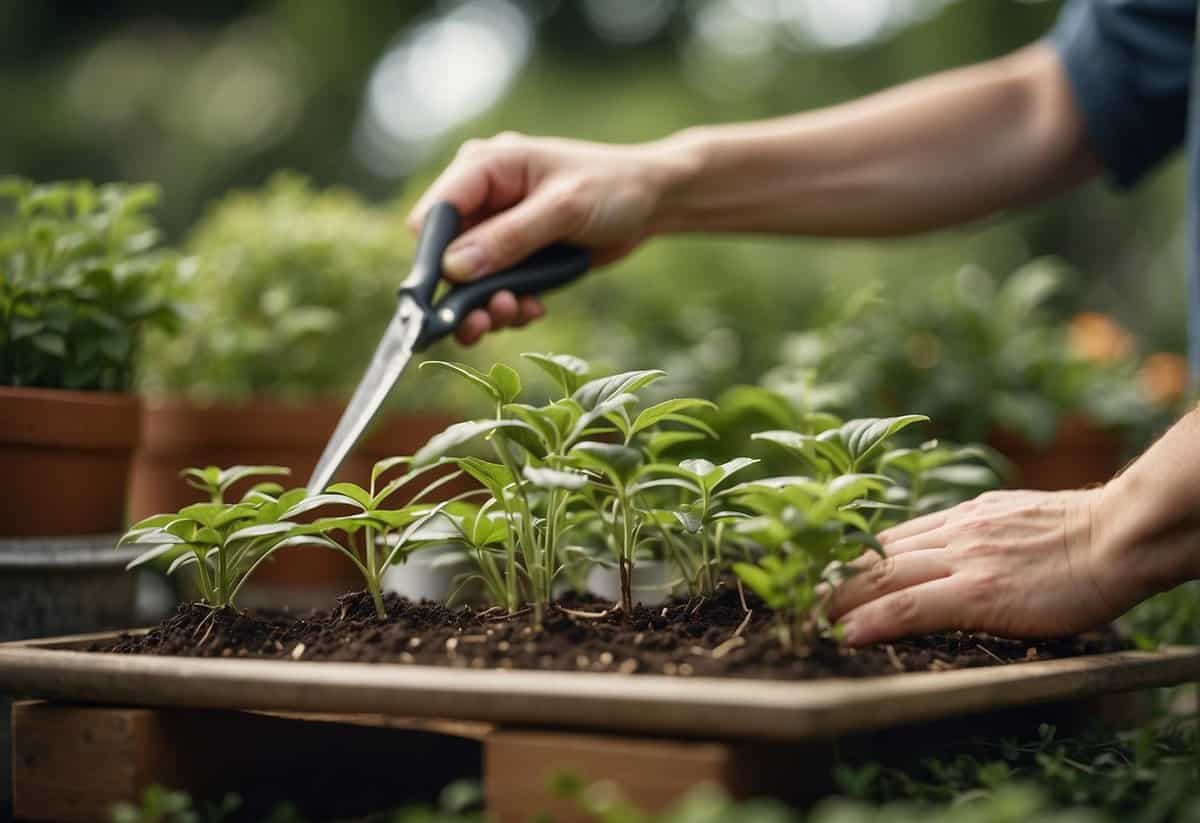Is It Illegal to Take Plant Cuttings in the UK? A Quick Guide
Taking plant cuttings may seem like an innocent way to expand your garden collection, but in the UK, it’s important to know the rules. It is illegal to take plant cuttings from someone else’s property without permission. This applies across England, Scotland, and Wales. If you want to grow your garden without running afoul of the law, always ask the plant owner first.

You also need to be mindful of plant health regulations. The UK has strict rules to prevent the spread of pests and diseases. These rules apply to bringing plants or cuttings into the country as well. Importing plants without following these regulations can result in hefty fines and the confiscation of your plants.
Moreover, some plants are protected under invasive species laws. Certain non-native plants can cause significant harm to the environment. Invasive plant species should not be propagated or transported without a license. Always check if the plant you want to take a cutting from falls under these rules. This way, you can contribute to preserving local biodiversity while enjoying your gardening hobby.
Legality of Taking Plant Cuttings in the UK

Taking plant cuttings in the UK can be complex as it varies based on location and specific regulations. Understanding these rules can help you avoid issues like theft, vandalism, or trespassing.
General Legal Framework
In the UK, taking plant cuttings without permission can be considered theft or vandalism. Whether it’s a public park, a nature reserve, or private property, you need to respect ownership and ask for consent. Trespassing can also be a concern if you enter someone’s property without authorization.
When it comes to wild plants, it’s generally illegal to uproot them. Taking cuttings for personal use from public spaces can sometimes be allowed but always check local guidelines. Cutting plants from nature reserves or protected areas without permission is strictly forbidden.
Specific Regulations for England, Scotland, and Wales
In England, the Rights of Light Act affects where you can plant new trees but doesn’t specifically cover plant cuttings. However, parks and protected varieties have strict rules. For instance, you cannot take cuttings from protected plants or those in nature reserves.
In Scotland, you generally need landowner permission to take any plant cuttings. Public places might have more leniency, but always check local regulations to avoid getting in trouble.
Wales follows similar rules to England and Scotland. Even if you’re taking cuttings for personal use, you still require authorization to ensure it’s not classified as theft. Wales also protects certain hedges and plants, especially in agricultural and conservation areas.
By following these regulations, you can enjoy gardening while respecting the law and nature. Always double-check local rules and ask for permission when in doubt.
Plant Health and Protection Measures

Keeping plants healthy in the UK involves managing risks like pests and diseases. Important regulations and controls are in place to safeguard plant health from these threats.
Risks of Pests and Diseases
Pests and diseases can cause serious harm to plants. In the UK, threats like Xylella and emerald ash borer beetle are particularly concerning. These pests can devastate crops and natural ecosystems. Taking cuttings from infected plants can spread these problems further, which is why strict regulations exist.
By controlling these risks with proper measures, you help protect both your garden and the wider environment.
DEFRA and Plant Health Regulations
DEFRA, the Department for Environment, Food, and Rural Affairs, oversees plant health regulations in the UK. Their role is to ensure that all plants and plant products, like cuttings and seeds, are safe.
Plant Passports: As of January 1, 2021, the UK plant passport is required for professionals moving or selling plants within the UK. This system replaced the EU plant passport.
Phytosanitary Certificates: These are also needed for importing plants into the UK.
Import System and Border Control
The UK has strict controls to prevent harmful pests and diseases from entering the country. The import system involves checks by the Animal and Plant Health Agency (APHA), along with the Plant Health and Seeds Inspectorate (PHSI).
Border Force and customs officials work to seize any illegal or harmful plant material. This helps to keep UK plants safe from foreign threats.
Plants need to have the right paperwork, like phytosanitary certificates, to enter the country. These measures are key to maintaining plant health in the UK.
Regulations on Endangered and Protected Species

When dealing with plant cuttings in the UK, it’s important to know the rules about endangered and protected species. This includes international trade laws and necessary licenses for cultivation and export.
CITES and Trade in Endangered Species
The Convention on International Trade in Endangered Species (CITES) controls the import and export of endangered plants. In the UK, you can’t freely trade these species without proper authorization.
For highly protected plants, you need a CITES permit. These permits help track the movement of endangered plants and ensure they are not overexploited. Even transporting such plants for personal use, like in a garden, requires these permits.
Breaking these rules can lead to heavy penalties. The goal is to protect rare and endangered species from illegal trade and ensure their survival. Make sure you have the required permissions before taking or moving endangered plants.
Licences for Cultivation and Export
You also need licenses for growing and exporting endangered plants. To cultivate such plants, you must apply for a cultivation license from UK authorities.
This process ensures that you are following the rules for propagation and care of endangered species. These licenses are also needed if you plan to export plants. The UK authorities strictly control the export of endangered species to prevent illegal trade.
Even if the plant grows naturally on your property, having a license is mandatory if it falls under endangered species. This helps maintain the legal framework that protects these sensitive species from being threatened further. Make sure to follow these steps to legally grow and export endangered plants.
How to Legally Take and Use Plant Cuttings

Before taking plant cuttings, it’s important to understand both permission requirements and proper cultivation practices to stay within legal boundaries. These steps help you ensure successful and lawful propagation.
Taking Cuttings with Permission
To take plant cuttings legally, always get permission from the property owner or nursery where the plant is sold. If you’re unsure whether a plant is patented, check the plant’s tag for information. For patented plants, you need the inventor’s permission to propagate. Otherwise, it’s illegal and considered theft.
When dealing with patented plants, the DEFRA website is a valuable resource for understanding legal protections. You can also reach out to the patent holder for guidance. Pre-notification to a professional operator is sometimes required if the plants involved are under special protection or regulation.
Personal Cultivation Practices
Once you have permission, it’s time to take the cuttings. Use a clean trowel or sharp knife to cut below a node on the stem. Softwood cuttings are typically taken from shrubs, flowers, and fruit trees in spring. Hardwood cuttings are better in winter. Remove any leaves below the soil line to avoid rot.
Dip the cut end in rooting powder to encourage root growth. Plant the cutting in a moist propagator or small pot with a mix of soil and vermiculite. Keep the medium damp but not soggy. Plants like pelargonium root well this way. With proper care, your softwood or hardwood cuttings will develop into rooted plants.
By following these steps, you’ll be able to propagate plants successfully and legally in the UK.
Sustainable and Legal Alternatives

If you love collecting plants, there are plenty of legal and sustainable ways to do it.
Buy from Professional Operators:
Buying from licensed nurseries ensures that you are supporting ethical practices. Pay attention to plant tags and catalogs which often mention if the plant has a patent and any propagation restrictions.
Online Plant Shops:
Many online stores offer a wide variety of plants and seeds, especially in summer. These shops usually follow legal guidelines, making it low-risk for you.
Get Permits:
If you need to bring plant material (like seeds or cuttings) into Great Britain from the EU, you may need permits. Check APHA (Animal and Plant Health Agency) guidelines for clear instructions.
Leaf and Seed Swaps:
Join local gardening clubs or online communities where you can exchange seeds and cuttings with other gardening enthusiasts. This keeps things legal and helps you build connections.
Harvesting with Permission:
When you see a beautiful plant in a park or someone’s garden, ask for permission before taking a cutting. People are often happy to share if you just ask nicely.
Research:
Do your homework on the specific plants you want to propagate. Some plants, like trees, might require additional permits or certificates, especially when bringing them through airports.
By following these tips, you can enjoy new plants responsibly and legally.







